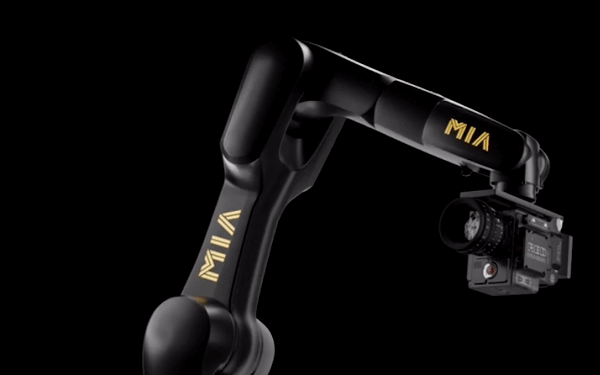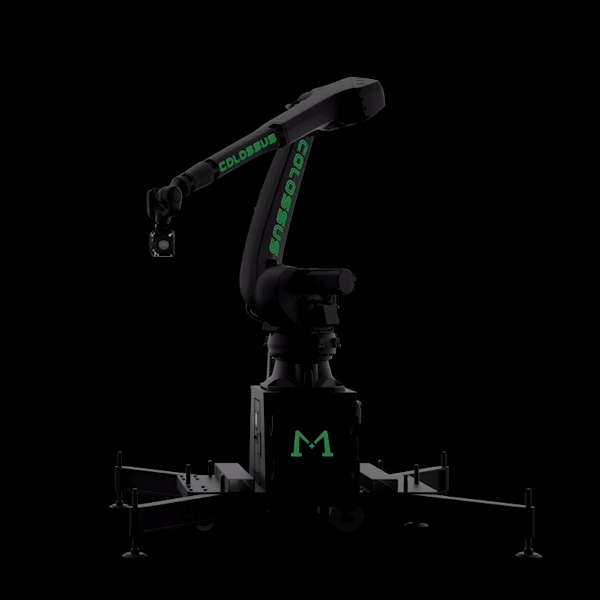Motion Control and Product Cinematography: The Future of Visual Storytelling
Product cinematography is constantly evolving, and motion control has emerged as one of the most transformative tools in the industry. As a tabletop director of photography or commercial cinematographer, mastering motion control is key to creating visually stunning and precise content for advertising campaigns.
The Role of Motion Control in Product Cinematography
Motion control systems bring a new level of precision to product cinematography. From slow, sweeping camera movements to repeatable takes, these tools allow cinematographers to execute complex shots with consistency. For a director of photography in Los Angeles, motion control opens up creative possibilities that were previously out of reach.
Slow Motion Photography and Dynamic Shots
The use of tools like the phantom slow motion camera allows for capturing dynamic and dramatic shots of products in motion. Slow-motion photography is particularly effective in showcasing the details of a product, whether it’s a splash of liquid or the movement of intricate machinery. These techniques are commonly used in commercial video production for high-impact results.
Tabletop Production and Its Challenges
Tabletop production requires precision and attention to detail. As a cinematographer and director, balancing lighting, motion, and framing is essential for creating visuals that highlight the product’s best features. With tools like motion control systems, tabletop videographers can achieve shots that are both technically accurate and visually striking.
The Role of Los Angeles Cinematographers in Innovation
Los Angeles cinematographers are at the forefront of product cinematography and motion control innovation. With access to advanced tools and a hub of creative talent, the city continues to lead in commercial video production, setting new standards for the industry.
Why Motion Control Matters
Motion control has revolutionized the way cinematographers approach product shoots. It allows for greater precision, creativity, and efficiency, making it an essential tool for anyone working in commercial cinematography. Whether you’re capturing a tabletop production or crafting a cinematic campaign, motion control is the future of visual storytelling.


